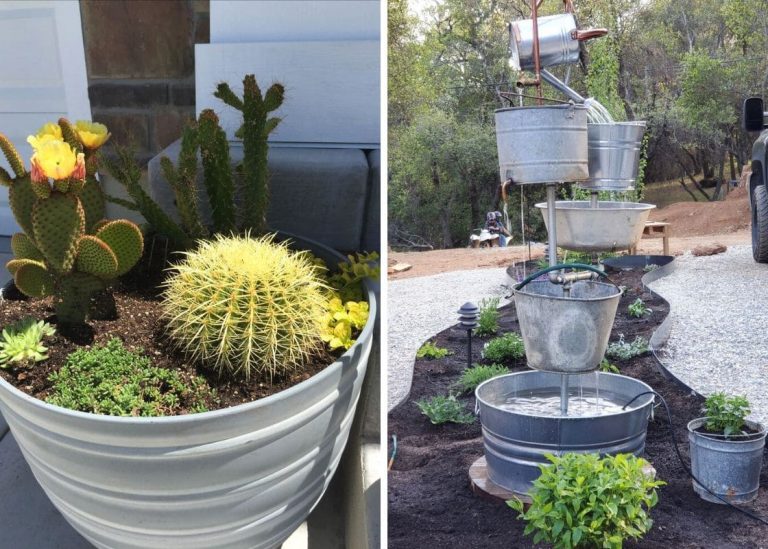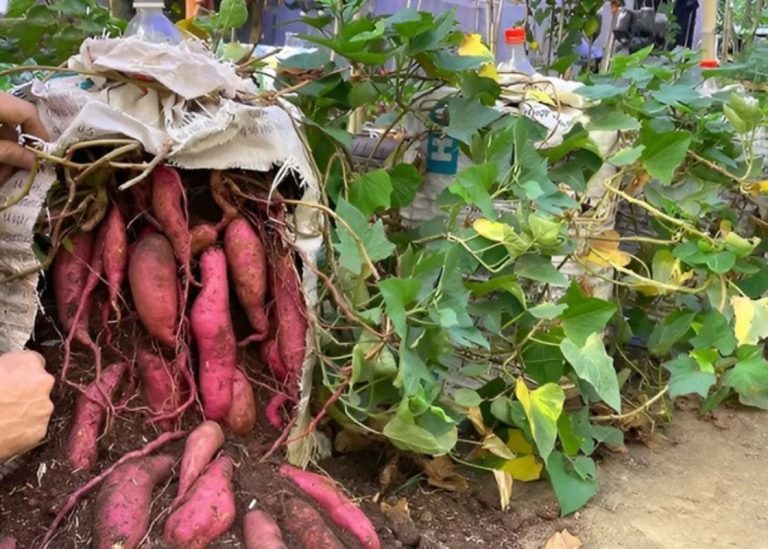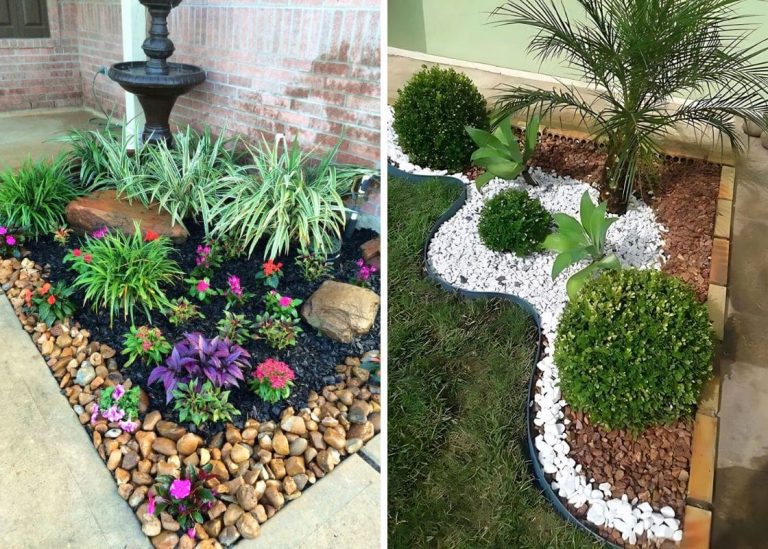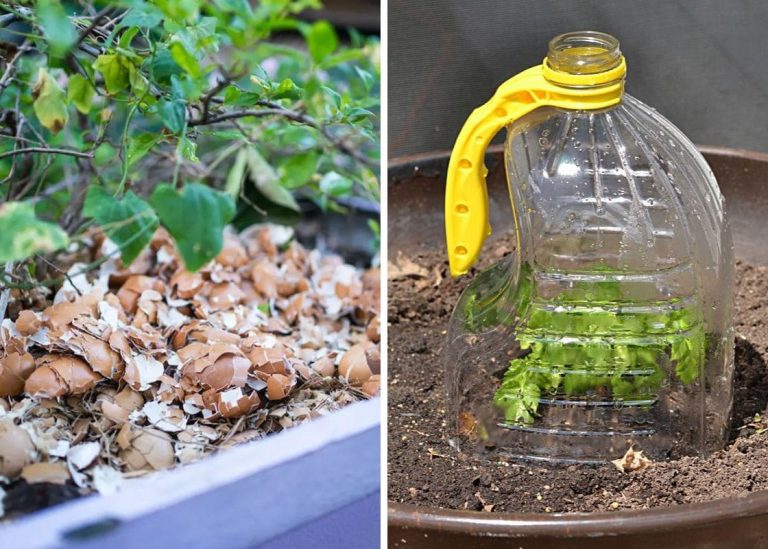Put These 10 Things in a Tomato Planting Hole for Healthier, Tastier Tomatoes
Growing tomatoes has always been one of the most rewarding parts of gardening for me. There’s nothing quite like biting into a sun-ripened tomato you’ve grown yourself.
Over the years, I’ve experimented with different techniques to give my tomato plants the best possible start, and one trick that’s made a world of difference is what I put in the planting hole.
1. Compost or Well-Rotted Manure
The first thing I always add is a generous handful of compost or well-rotted manure. These natural fertilizers enrich the soil with organic matter, providing a steady supply of nutrients like nitrogen, phosphorus, and potassium.
If you don’t have compost or manure, a good-quality store-bought organic fertilizer will work too. Just make sure it’s low in nitrogen to avoid overly leafy plants at the expense of fruit production.
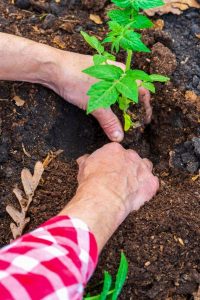
2. Crushed Eggshells
Eggshells are a fantastic source of calcium, which helps prevent blossom end rot, a common problem in tomatoes. Before planting, I save and crush eggshells, then sprinkle a handful into each planting hole.
Calcium ensures strong cell walls in tomato plants, reducing the risk of diseases and other growth issues.
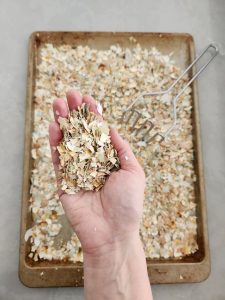
3. Epsom Salt
Adding a teaspoon of Epsom salt to the planting hole has been a game-changer for me. Epsom salt provides magnesium, an essential nutrient that enhances photosynthesis and encourages better fruit development.
You should mix the Epsom salt into the soil at the base of the hole to avoid direct contact with the roots, as too much can cause a salt build-up.
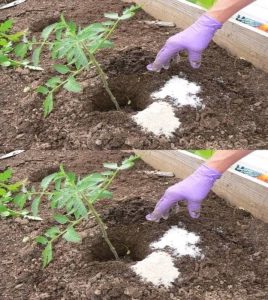
4. Bone Meal
Bone meal is rich in phosphorus, which promotes strong root development and improves flowering.
I usually sprinkle about one tablespoon of bone meal in the planting hole and mix it into the soil. This ensures the plant has the nutrients it needs for a healthy start and abundant fruit production.
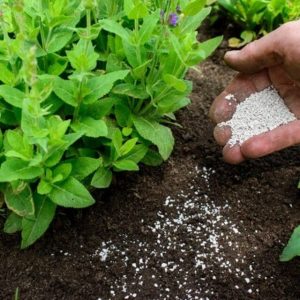
5. Coffee Grounds
Coffee grounds are another favorite of mine. They provide a slow-release source of nitrogen, helping tomato plants grow lush and green.
I usually mix a handful of used coffee grounds into the soil in the planting hole. They also improve soil structure and attract earthworms, which aerate the soil and enhance nutrient absorption.
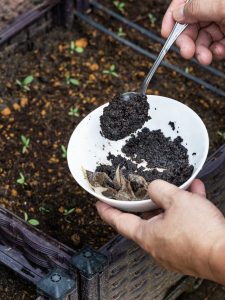
6. Fish Heads or Fish Emulsion
This might sound a bit unconventional, but burying a fish head in the planting hole is an old gardening secret. Fish heads decompose slowly, releasing nitrogen, phosphorus, and trace minerals that tomatoes love.
If you’re worried about smell or pests, fish emulsion is a great alternative. Just add a few drops to the planting hole for a nutrient-rich boost.
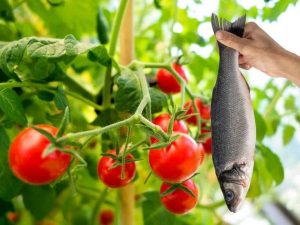
7. Aspirin
Yes, you read that right, aspirin! I crush a single aspirin tablet and place it in the planting hole. Aspirin contains salicylic acid, which boosts the plant’s immune system, helping it fight off diseases like blight.
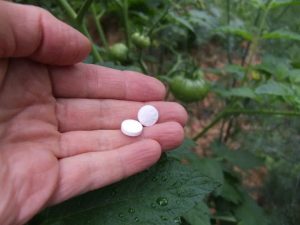
8. Banana Peels
Banana peels are an excellent source of potassium, which promotes flowering and helps tomatoes produce large, flavorful fruit.
I usually chop up a banana peel and bury it at the bottom of the planting hole. As it decomposes, it slowly releases nutrients into the soil.
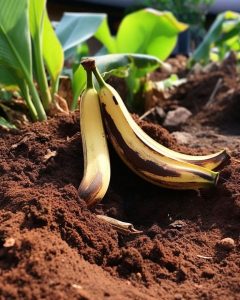
9. A Little Wood Ash
Wood ash from untreated, chemical-free wood is a fantastic addition to tomato planting holes. It’s rich in potassium and calcium, which are essential for fruit development and disease resistance.
I add a small handful to each hole, but be careful not to overdo it, as too much can raise soil pH levels.
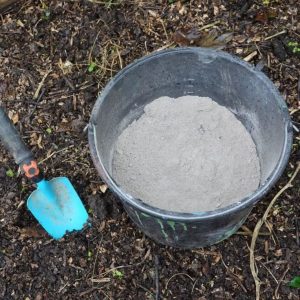
10. Mycorrhizal Fungi
One of the more recent additions to my tomato planting routine is mycorrhizal fungi. These beneficial fungi form a symbiotic relationship with plant roots, enhancing nutrient uptake and water absorption.
Sprinkle a pinch of powdered mycorrhizal fungi into the hole before planting, and your tomatoes will thank you with healthier growth and bigger yields.

